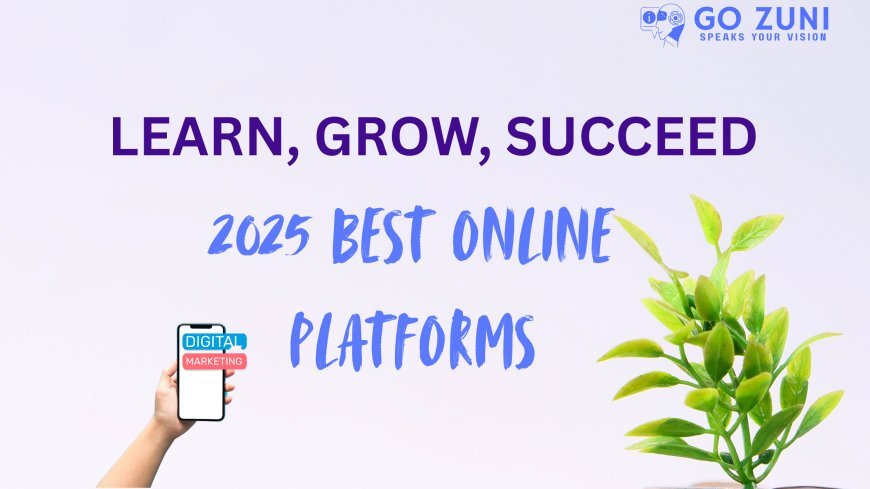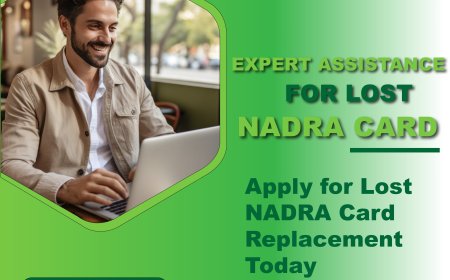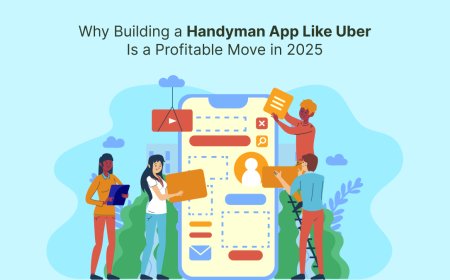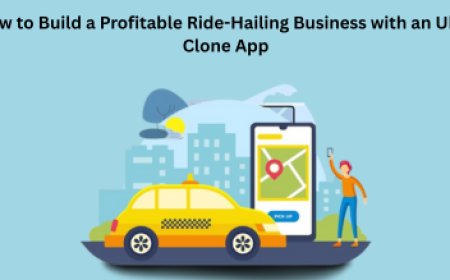How to Create an Engaging Learning Experience on Any Platform
Create impactful learning experiences on any platform. Discover how to engage, inspire, and empower learners with practical tips for online learning in 2025.

Let’s be honest—online courses have come a long way since the early days of grainy webcam lectures and endless PowerPoint slides. But even in 2025, with all the tech wizardry of modern learning platforms, there’s still one thing that makes or breaks an online course: engagement.
As someone who’s worked in IT and dabbled in everything from developing e-learning modules to mentoring aspiring developers, I’ve seen both sides of the screen. I’ve taken courses that made me want to binge-learn like it’s Netflix, and I’ve slogged through ones that drained the soul right out of me.
The difference? It’s not just the platform—it’s the experience. And yes, you can create a great one on any platform, whether you’re teaching JavaScript, cloud security, or UI/UX design.
Here’s how to make your learning content not just informative, but unforgettable.
1. Start With Why: Define Clear, Purposeful Learning Outcomes
Imagine signing up for a course titled "Master Python in 30 Days." Sounds great—until you get to Day 3 and you’re lost in a sea of jargon with no clue what you're building toward.
Before you create a single lesson, define what success looks like for your learners. Whether you’re using one of the best learning platforms like Teachable, Thinkific, or a custom e learning platform, your content should answer:
- What will learners actually be able to do at the end?
- How does this tie into their goals (like professional development or switching careers)?
- What real-world problem does this help solve?
Clear outcomes help learners stay motivated and see the bigger picture—especially important for busy professionals juggling life and learning.
2. Design With the Learner in Mind (Not the Lecturer)
It’s tempting to dump everything you know into a course. Don’t. The most successful online learning platforms today are learner-centered, not ego-driven.
Ask yourself:
- Where are your learners starting from?
- What’s their pace? Their pain points?
- Are they mobile users squeezing in lessons during their commute?
Whether you're building for a massive online education platform or a niche bootcamp, make the content bite-sized, flexible, and interactive.
One of my most engaging courses included 3-minute video lessons, short coding exercises, and quick-win projects. Learners loved it because they could feel progress without burnout.
3. Make It Interactive: Engagement Isn’t Optional
People don’t just want to watch—they want to do.
No matter what e-learning platform you’re using, look for tools that let you:
- Add quizzes, flashcards, and polls
- Integrate discussions or peer feedback
- Embed real-time coding environments or simulations
- Reward progress with badges or certificates
In online learning 2025, passive consumption is dead. Learners expect experiences that feel personal, gamified, and hands-on.
Think Duolingo vibes meets LinkedIn Learning quality.
4. Tell Stories, Not Just Concepts
Let’s say you’re teaching cybersecurity. You could list out terms like “phishing” and “SQL injection”... or you could start with a story:
"Last year, a junior dev at a startup clicked on what looked like a Slack message from HR. One click later, the company’s entire database was exposed."
Suddenly, the concept isn’t abstract—it’s urgent.
Stories stick. Whether it’s a personal anecdote, a case study, or a customer success story, narrative makes your content relatable, especially for learners exploring an e-learning career growth path.
5. Encourage Reflection and Application
Learning isn’t just absorbing—it’s processing and applying. One mistake I see often on online courses is rushing from module to module without reflection.
Build in moments like:
- “Pause and reflect” questions
- Real-life scenarios or case-based exercises
- “Apply this now” prompts
Even simple journaling exercises can help learners internalize and apply new knowledge—key for anyone trying to upskill effectively.
6. Keep Feedback Loops Open
Feedback isn't just for grading. It's for connection.
Many online education platforms now support discussion forums, live office hours, or even AI-based feedback. Use whatever your platform allows to:
- Check in with learners regularly
- Ask what's working and what’s not
- Encourage peer-to-peer interaction
When learners feel heard, they stay invested. Even a quick weekly “How’s it going?” message goes a long way.
7. Evolve With the Tech, But Stay Human
AI tutors, smart content recommendation engines, voice-to-text features—online learning in 2025 is packed with tools that make things smoother. Use them.
But don’t forget: your learners are still humans, not data points.
Your tone, your empathy, your clarity—that’s what sets your course apart in the sea of slick interfaces and polished videos on today’s learning platforms.
No algorithm can replace authenticity.
Final Thoughts: Start Where You Are
You don’t need the most expensive tools or a studio setup to deliver a great learning experience. What matters most is intentionality—designing with your learners’ growth in mind.
So whether you’re building a full course on a professional online learning platform, recording tutorials for YouTube, or mentoring on Discord—start small, stay real, and keep learning yourself.











































